PTE Syllabus 2025 - Explore Section-Wise PTE Exam Syllabus & Important Topics PDF
Table of Contents
- PTE Exam Syllabus:
- PTE Exam Syllabus 2025
- PTE Speaking and Writing Part Syllabus:
- PTE Reading Part Syllabus
- PTE Academic Listening Syllabus
- Scoring for the PTE Exam
- Get your PTE Results:
- Understand the format entirely
- Develop a good vocabulary
- Pronunciation is essential
- You cannot make spelling mistakes if you practice spelling
- Set a timer for yourself
- Use the rule of elimination
- Follow all of the instructions provided
PTE Exam Syllabus:
The Pearson Test of English (PTE Academic) evaluates applicants' Speaking, Writing, Reading, and Listening skills to ensure that they are capable of learning in an international context and have a good command of the universal language of English. The PTE exam syllabus is divided into three sections:
- Speaking & Writing Section
- Reading Section
- Listening Section.
Students who desire to excel in their PTE Test 2025 should be familiar with the most recent PTE syllabus 2025. The PTE Exam syllabus provided below is for applicants planning to take the next PTE Test.
PTE Exam Syllabus 2025
| PTE Section | PTE Exam Syllabus | Total Questions/Duration |
| PTE Speaking & Writing |
|
No. of Questions: 28 – 36 Duration: 54 – 67 minutes |
| PTE Reading Section |
|
No. of Questions: 13 – 18 Duration: 29 – 30 minutes |
| PTE Listening Section |
|
No. of Questions: 12 – 20 Duration: 30 – 43 minutes |
Students who perform well on this test can demonstrate to the admissions committee and visa authorities that they are capable of understanding the globally acknowledged official language while studying in a foreign country. Here are some more details about these sections of the test:
PTE Speaking and Writing Part Syllabus:
- As the name implies, this segment assesses candidates based on their two key communication abilities, verbal and written.
- The Speaking & Writing segment of the PTE exam lasts around 54 - 67 minutes and covers seven different question types.
- The Speaking and Writing component of the PTE test is the longest.
This component consists of seven small sections that assess the candidate’s quickness in speaking and writing the written test. The entire section lasts for 54 to 67 minutes, with the following time given to each segment.
| Segment’s /Segments’ Pattern | Time Duration |
| Personal Introduction | 55 seconds: 25 seconds for prompt, 30 seconds to record |
| Read Aloud | 30-40 seconds to prepare for reading out the text of 60 words |
| Repeat Sentence | 15 seconds: 3-9 seconds for prompt, 15 seconds to record |
| Describe Image | 25 seconds to study the image as well as prepare for a response on the same |
| Re-Tell Lecture | 90 seconds for prompt length, 10 seconds to prepare, and 40 seconds to answer |
| Answer Short Question | 20 seconds: 3-9 seconds for prompt, 10 seconds to answer |
| Summarize Written Text | 10 minutes to answer to text prompt of 300 words |
| Essay | 20 minutes to answer to text prompt of 2-3 sentences |
| Total Questions | 28 - 36 |
| Time Allocation | 54 - 67 minutes |
PTE Reading Part Syllabus
This section assesses students' ability to understand instructions written in the English language. The part, which is divided into five sections, lasts 29 to 30 minutes. Study the segment-wise pattern for this section's time distribution:
| Segments Pattern | Time Duration varies according to the length of the Text Prompt |
| Multiple Choice, Choose Single Answer | Read 300 words of text |
| Multiple Choice, Choose Multiple Answers | Read 300 words of text |
| Re-Order Paragraphs | Read 150 words of text |
| Reading: Fill in the Blanks | Read 80 words of text |
| Reading and Writing: Fill in the Blanks | Read 300 words of text |
PTE Academic Listening Syllabus
The PTE Academic listening section lasts for 30 to 43 minutes. The phrase "celebration" refers to the act of celebrating a special occasion. The student must ensure that they carefully listen to the audio file and remember what they hear. This portion is broken into eight segments, with the time allotted to each segment as follows.
| Segments Pattern | Time Duration |
| Summarize Spoken Text | 60-90 seconds to retain 50-70 words, 10 minutes to write |
| Multiple Choice, Multiple Answer | 40-90 seconds for prompt |
| Fill in the Blanks | 30-60 seconds |
| Highlight Correct Summary | 30-90 seconds |
| Multiple Choice, Single Answer | 30-90 seconds |
| Select Missing Word | 20-70 seconds |
| Highlight Incorrect Words | 15-50 seconds |
| Write From Dictation | 3-5 seconds |
Scoring for the PTE Exam
The PTE exam has a score range of 10 to 90. In PTE, each examination part has a separate score that is put together to achieve a final score. Since it is an English language competency test, grammar, fluency, pronunciation, vocabulary, comprehension abilities, and memory skills are all necessary.
| PTE Score Range | PTE Score Statement |
| 89-90 | Expert |
| 83-85 | Very good |
| 74-84 | Very good |
| 73-77 | Good |
| 64-72 | Good |
| 58-63 | Competent |
| 50-57 | Competent |
| 42-49 | Modest |
| 35-41 | Modest |
| 30-34 | Limited |
| 0-30 | Limited |
Get your PTE Results:
Simply sign in to your PTE account, which was created upon enrolment, to view your PTE results and scores. By signing into your account, you can view your digital score report and share it with the institutions you've chosen. You can do it immediately or later. Within five working days of the test, the results are available online.
Important Test Advice for PTE
The PTE examination is not easy, and applicants must prepare for all sections with equal devotion. Follow the advice below to earn the perfect score in just one try.
Understand the format entirely
- Each of the three sections has a distinct format.
- Several forms of questions are asked when writing and speaking.
- It is critical to have a firm grasp of the format, pattern, and types of questions you might expect on the day of the exam.
- You can only study effectively if you understand the format and syllabus.
Develop a good vocabulary
-
If you want to settle down in a place where English is the primary language, you must have a decent vocabulary.
Pronunciation is essential
- Begin speaking and listening to English every day.
- Make sure to write what you hear while practising the accent and pronunciation.
- This will help reduce spelling mistakes and learn correct pronunciation along the way.
You cannot make spelling mistakes if you practice spelling
- If you are unsure about the exact spelling, avoid long and complex words, but do not make typos.
Set a timer for yourself
- Your time is divided between thinking, answering questions, and writing.
- You will submit an unfinished test if you do not manage your time properly.
Use the rule of elimination
-
This method will assist you in narrowing your choices as much as possible.
Follow all of the instructions provided
- This is also an opportunity to put your skills to the test.
- It assesses your capacity to understand English instructions.
A high exam score also guarantees that candidates can communicate their ideas, give presentations, seek international exposure, and generally function on the international stage in front of foreign audiences. This permits applicants to demonstrate their readiness to study in the universal official language among students from all around the world and international faculty members.
Free PTE Study Material
Popular English Language Proficiency Exams
Related Blogs and Articles
Latest Test Prep Blogs and News!
PTE Accepted Universities in Australia
Updated on • 17-07-2025 • PTE

Updated on • 11-04-2025 • IELTS

PTE Score Chart 2025: PTE Exam Scoring System & Calculation
Updated on • 09-04-2025 • PTE
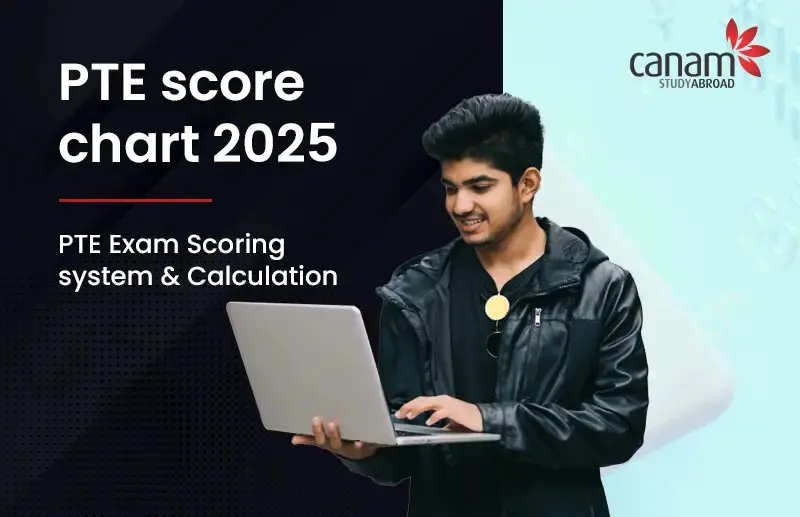
Describe Your Hometown IELTS Speaking Part 1 Topic
Updated on • 07-04-2025 • IELTS

PTE vs IELTS : Know the Difference and Which is Easier?
Updated on • 21-03-2025 • IELTS

IELTS Exam Dates 2025 in India
Updated on • 18-01-2025 • IELTS

PTE Exam Centers in India 2025: Check City Wise PTE Exam Centers
Updated on • 16-01-2025 • PTE

IELTS Reading Practice Tests 2025: Reading Passage and Sample Questions
Updated on • 15-01-2025 • IELTS
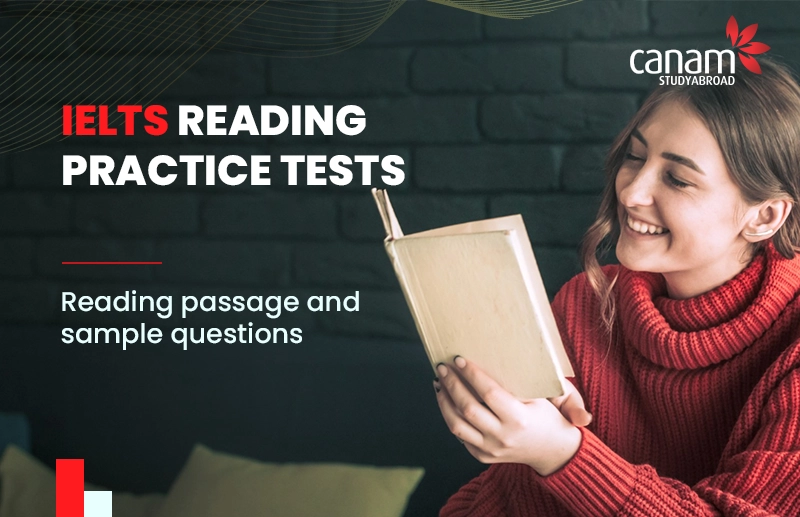
IELTS Letter Writing Topics 2025
Updated on • 15-01-2025 • IELTS

Canada IELTS band requirements 2025
Updated on • 10-01-2025 • IELTS

Updated on • 25-11-2024 • IELTS

Updated on • 21-11-2024 • IELTS







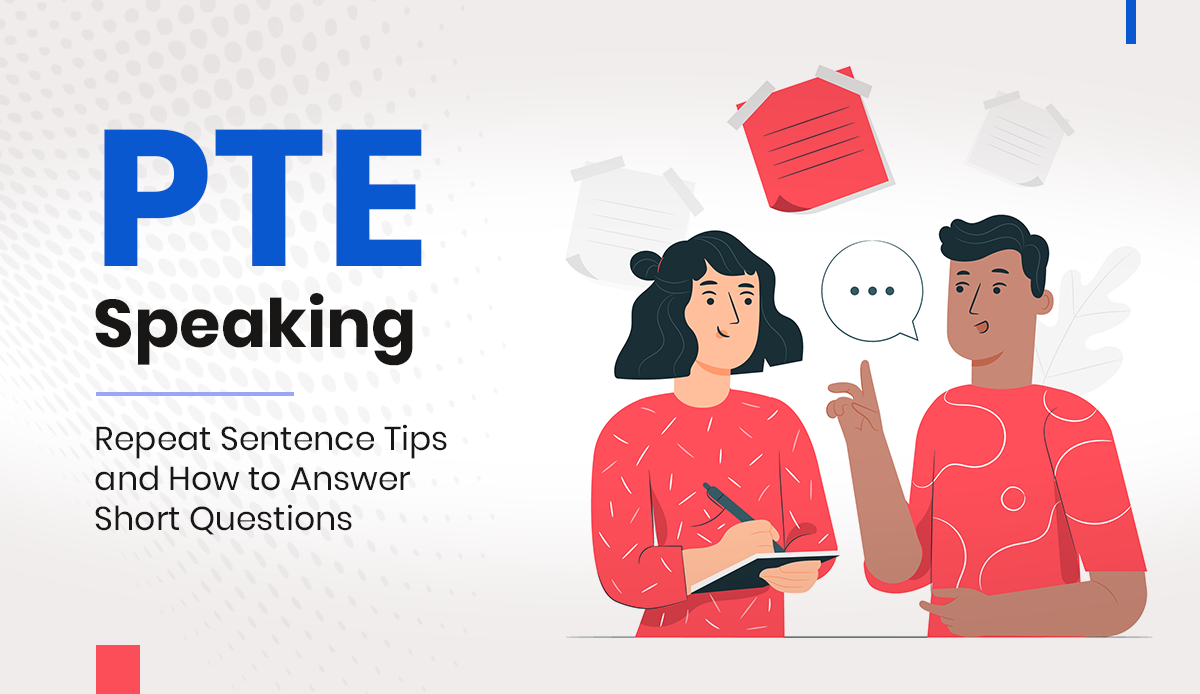
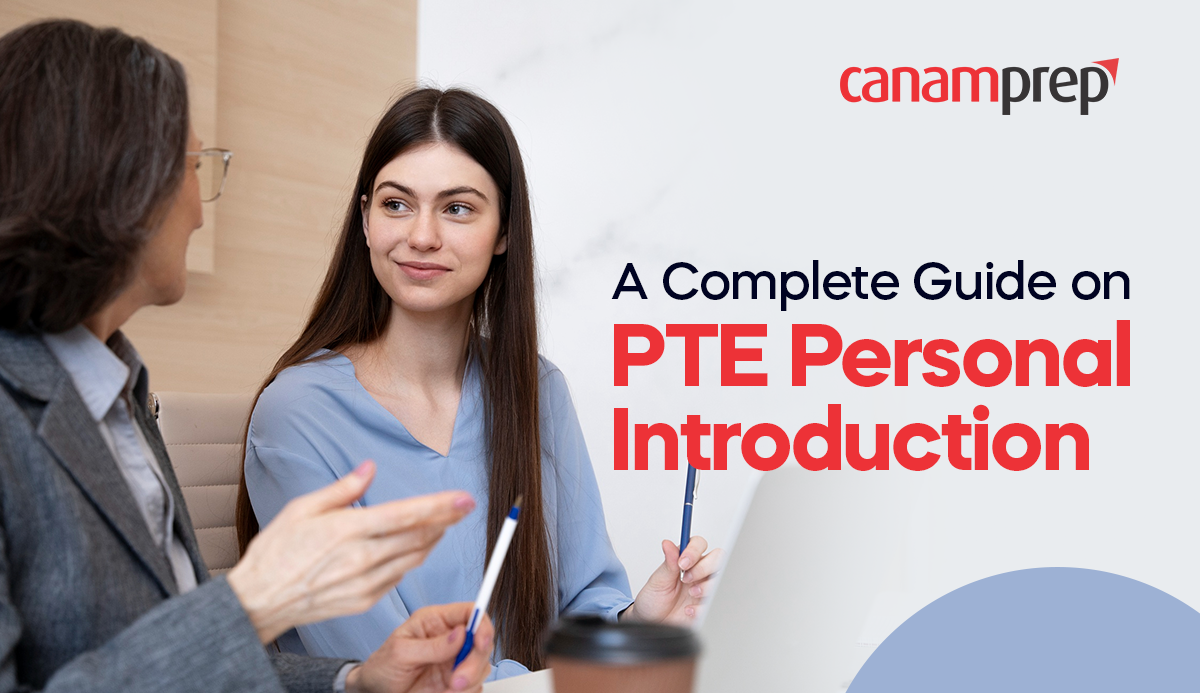
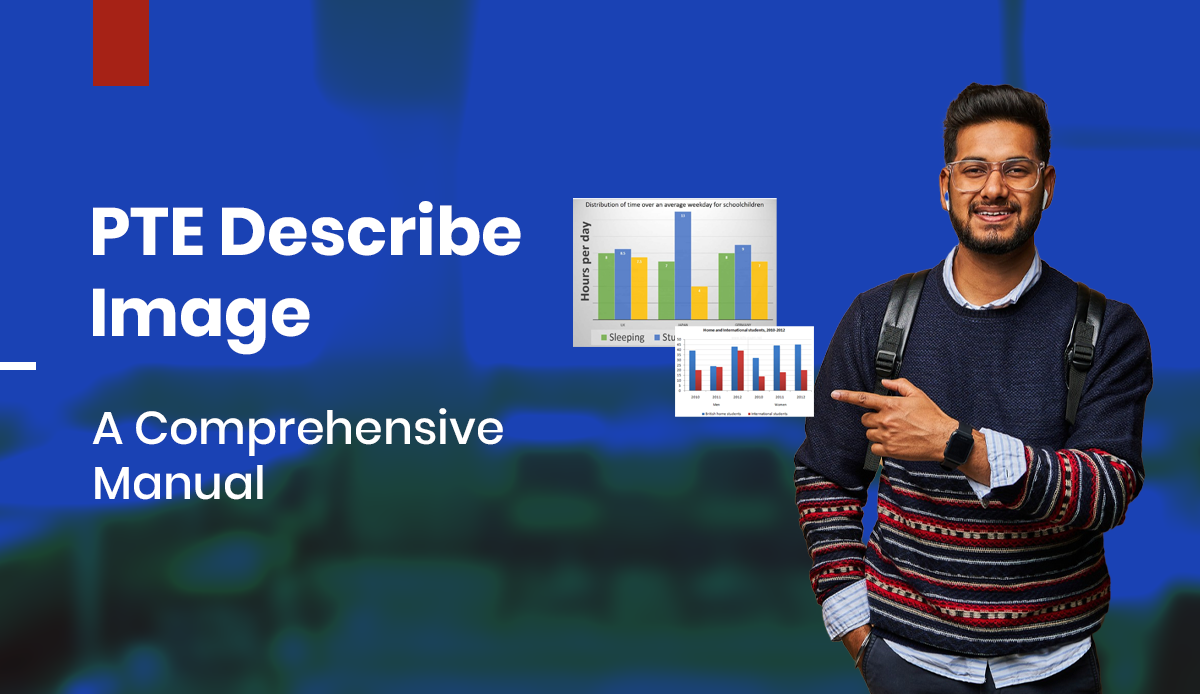
.webp)
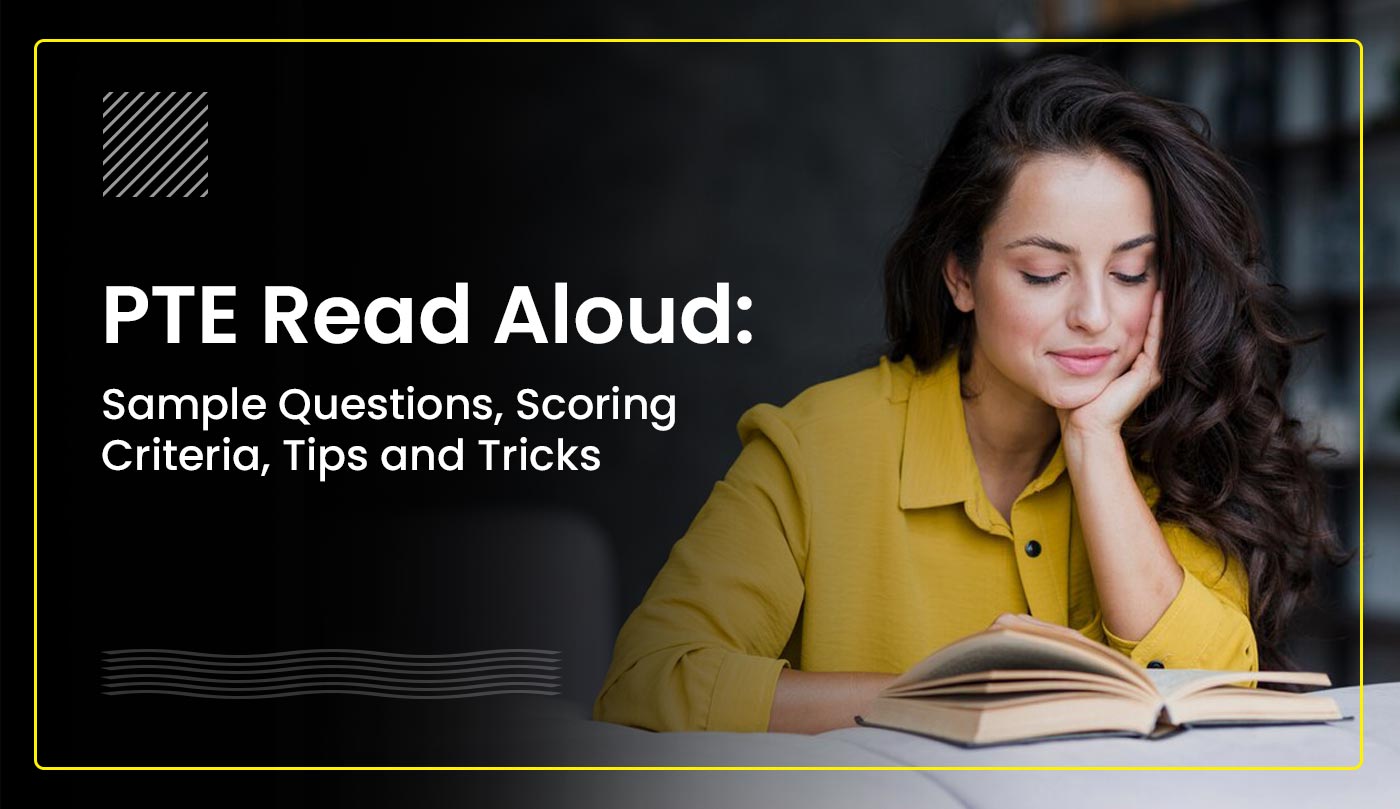

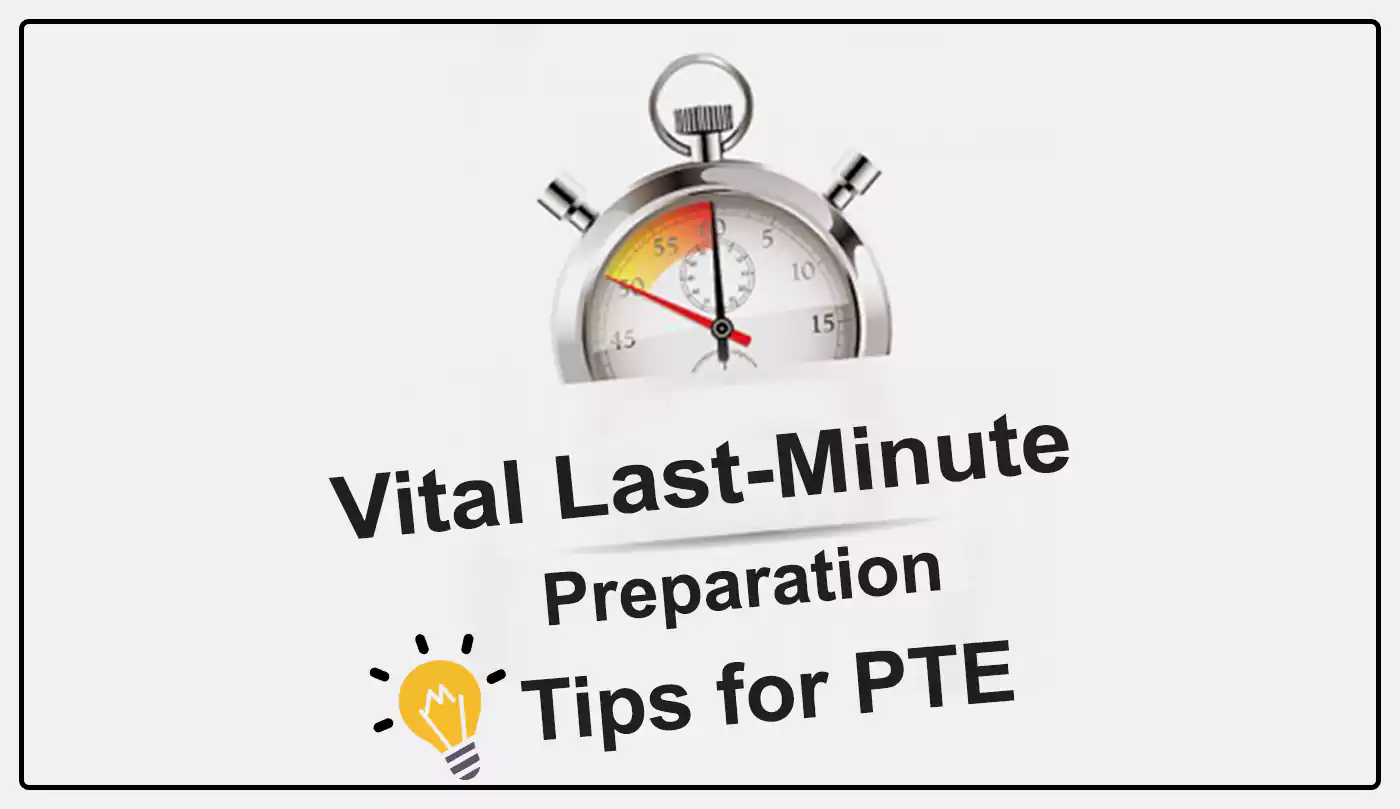
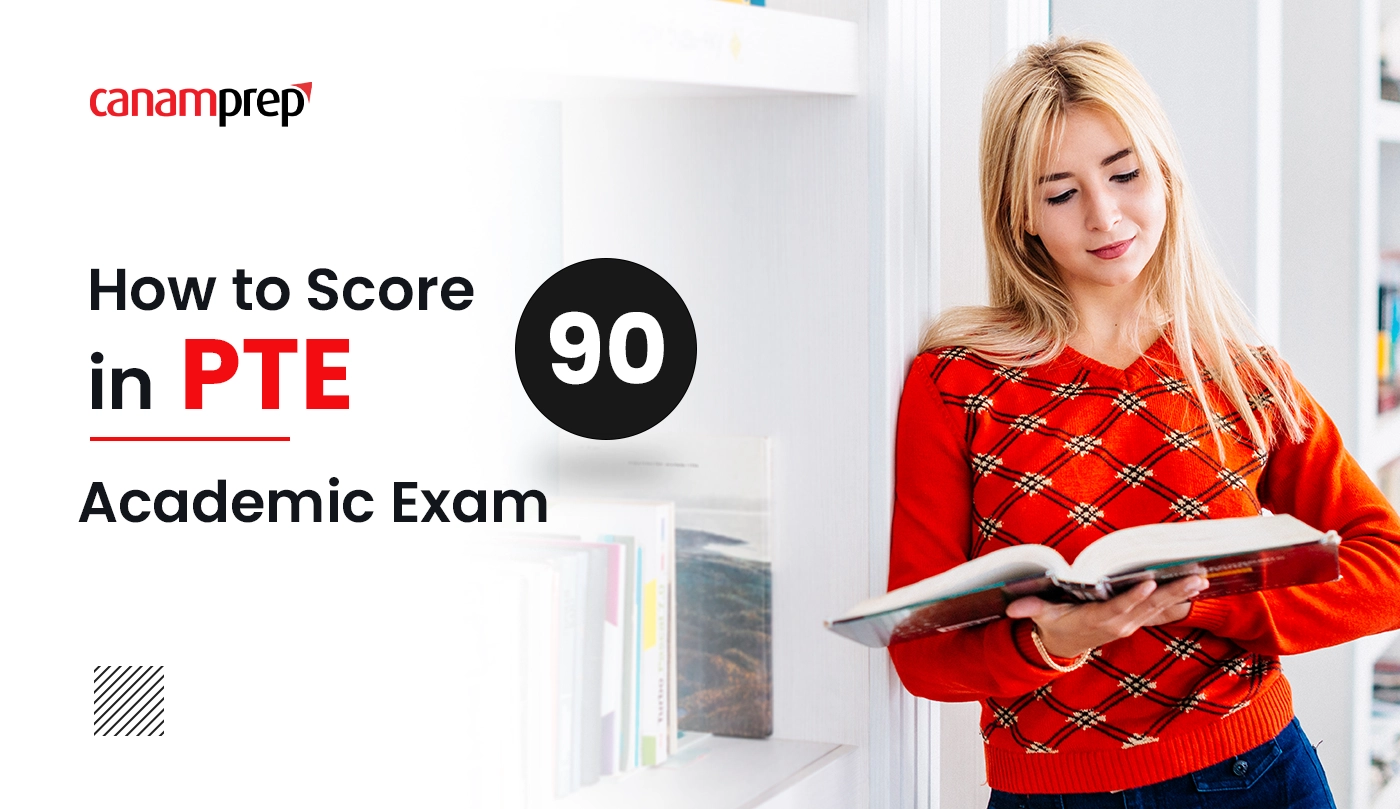

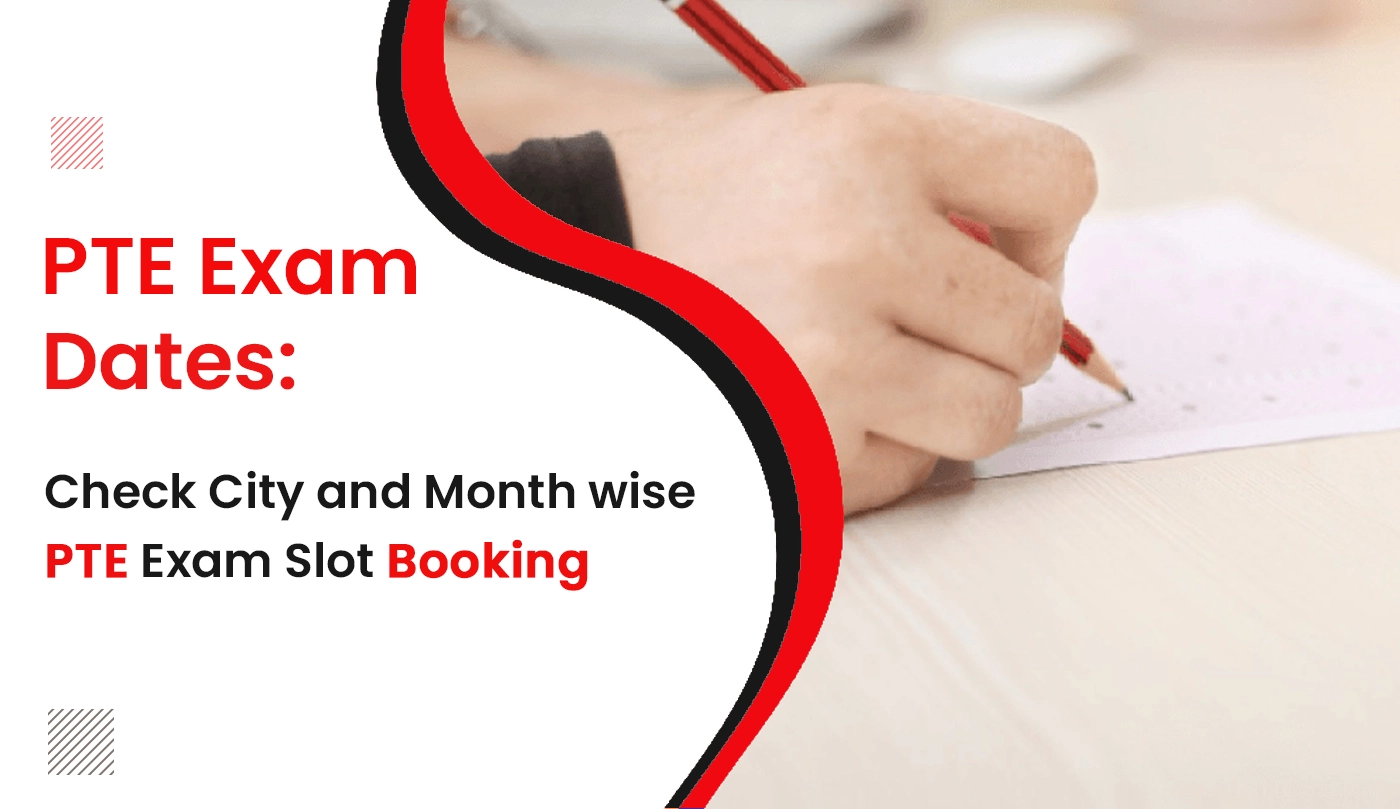
-Logo.webp)

.png)
.png)





